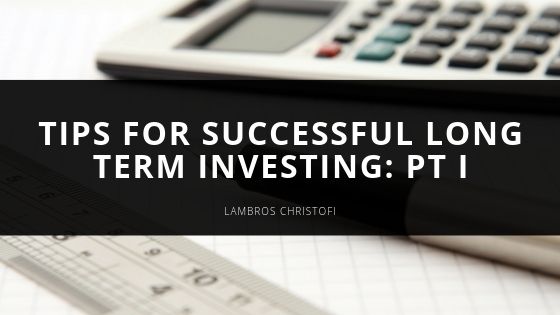It is a tried and tested theory that the longer an investor stays invested in the stock market, the more likely their capital will increase and the less likely the chance of them facing a permanent loss of that capital.
A $1,000 investment in the S&P 500 back in 1930, would have yielded a 160x return if held until January 2019.
However, it is really hard to stay invested through all the ups & downs the stock market faces throughout the years.
Many beginning investors would rather avoid such risks and put their money into a paltry bank savings account or CD (certificate of deposit) to mitigate their investment risks. Yet, these investments will not offer them returns that can keep up with inflation.
An investor who puts their money in a bank savings account or CD will lose their interest gains after inflation and taxes are factored in.
Investing in the stock market is definitely a better choice for increasing wealth over the long term but the question remains on how to safeguard against the possibility of permanent loss (i.e., knowing when to cut the losers and sell the winners & knowing how to avoid buying at the top and selling at the bottom of the market).
The following 6 tips, 3 general & 3 specific, offers investors a solid foundation to sail smoothly through the stock market so that they can maintain and even increase capital gains over time and mitigate the risk of loss from making poor stock decisions.
3 General Tips
These 3 long-term stock investment tips deal with broad strategies that have been proven to work in the stock market over time.
- Buy & Hold Strategy
Adopting a “buy & hold” strategy where capital is allocated into either a proven index of the stock market, like the S&P 500 (top 500 companies in America) or in individual stocks that have exhibited growth, financial safety, and a history of paying dividends to shareholders, is better for the average investor than adopting a short-term trading strategy or even investing in mutual funds.
Even professional mutual fund managers have a tough time beating an index fund or an index ETF (exchange-traded fund) over the long term.
Over a 15-year investment period investment period, 92.43% of large-cap managers, 95.13% of mid-cap managers, and 97.70% of small-cap managers failed to outperform the overall stock market on a relative basis.
- Diversify
To lessen the likelihood of pulling out of the stock market too soon while using the buy & hold strategy, an investor should diversify their investments into various stocks, ETFs and index funds.
Investment diversification can comprise of the following two areas:
Geographic: U.S., Europe, Asia, emerging markets, etc…
Funds: property funds, commodity funds, mutual funds, hedge funds, ETFs, & index funds
This mass diversification strategy will spread the risk across various investment vehicles and thus lessen the chances of experiencing serious loss in any one industry, sector, or geographic area.
No investment should be more than 10% of an investment portfolio to mitigate risk!
- Reinvest Dividends
Investors would be wise to choose a portfolio of stocks that pay dividends.
The reason for this is that most of the growth that comes from a stock portfolio is due to dividend reinvestment rather than the appreciation of a portfolio’s overall stock price.
Owning more shares of stocks that pay dividends, gives investors a second source of compounding that significantly increases the growth of their portfolio over time.
